Talk by Emma Rooksby and Leon Fuller at the APS quarterly gathering.
Emma and Leon co-founded Growing Illawarra Natives, a community project that is a resource for the local area to help residents get to know and grow more native species. One element of the project is to get more local street trees out there.
There are many benefits of greening and planting more urban trees including biodiversity, but also The Heart Foundation estimates that for every dollar spent on street tree planting and management, $3.81 in benefits accrue.
Other benefits include –
Cooling – tree canopy cover can reduce temperatures of the surfaces they shade by 10-25 degrees.
Health – Shade to protect against sunburn and skin cancer, makes streets more walkable, absorb airborne pollution and lower childhood asthma rates.
Lower energy costs – as a result of moderated temperatures.
Beauty – psychological benefits of bringing nature into the city.
Environmental – reduce the amount of runoff that stormwater drains need to manage, erosion control, noise reduction.
Property values – The Real Estate Institute of Queensland found that the value of homes in leafy streets were up to 30% higher than non-leafy streets in the same suburb.
Cities are home to lots of threatened species and helping to protect them is best done with local, native plants. The Threatened Species in city project has recorded 36 threatened species that occur in and around Wollongong, and has done similar documentation for other Australian cities. More information here.
Leon has visited Portland, Oregon and was struck by how the council and citizens have worked together to bring gardens out onto the street, and there is a Garden of Eden appearance. Wollongong has so many introduced species as street trees, but they have so many great local species which are not utilised. Leon also mentioned that one of the conundrums about areas where there are big, established trees is that the green, leafiness makes the area attractive and people move in. However, once the area gets busy it tends to mean trees get cut down because they’re in the way. There are areas in Wollongong where this has happened.
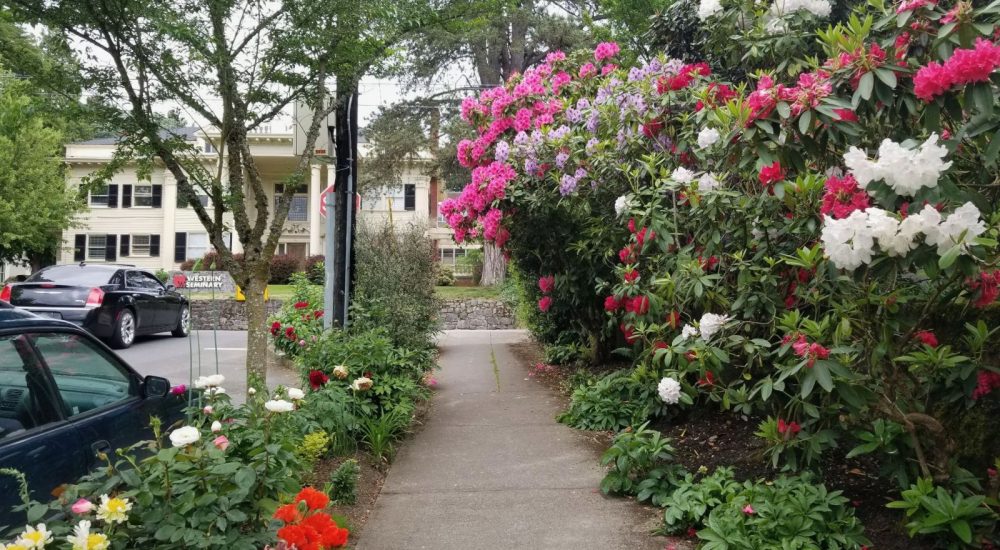
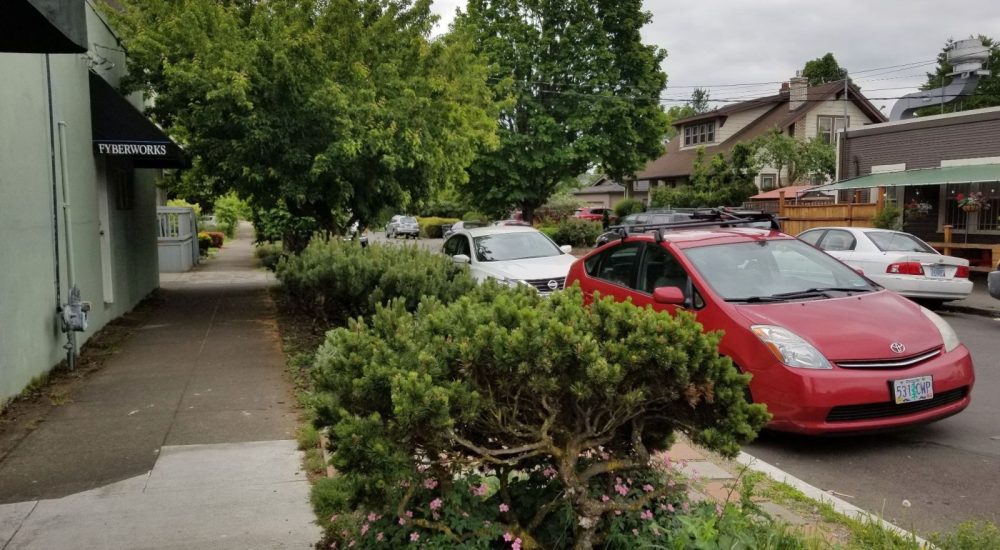
Brisbane is doing well with using local trees for their street scapes. They grow more rainforest, street trees in the CBD. Biggest problem for councils with this idea is the underground services (and tree roots that encroach on them) but governments have maps and info so can get around this with some planning. Some of the examples in Brisbane that Leon spoke about were Kauri pine, palms which he notes can be great street trees and are under used- planted in groups they look excellent, but they need 10 – 20 to have an impact. The Fig trees in Brisbane are nothing but magnificent. He showed us an example of a desert area made by crossing roads and other services but the council planted under and around the roads to create an oasis, and it reduces the starkness of the roads. Brisbane utilises trees indigenous to the local area – Flindersia schottiana, Flindersia australis, Harpullia pendula, Waterhousia floribunda, Cupaniopsis anacardioides, Araucaria cunninghamiana, Eucalyptus tesselaris, etc
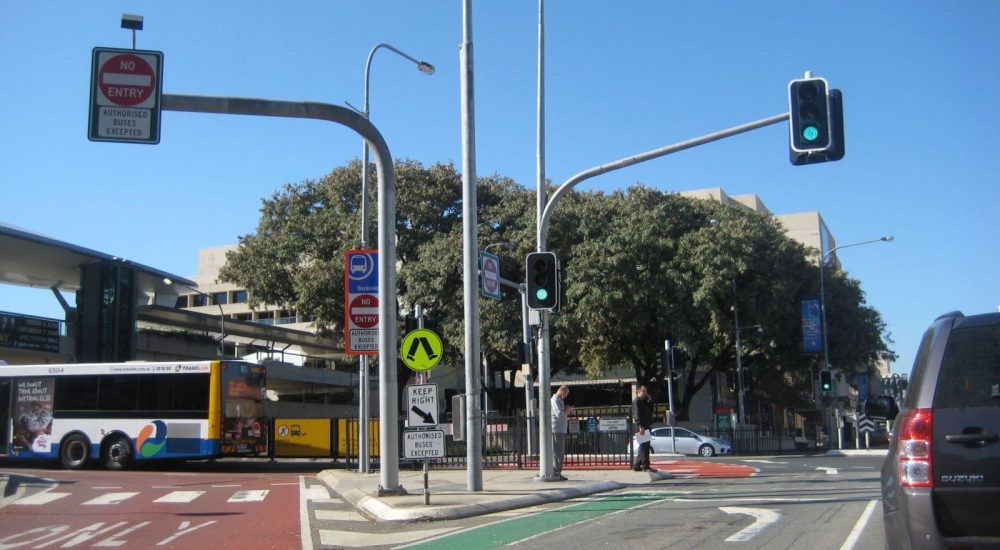
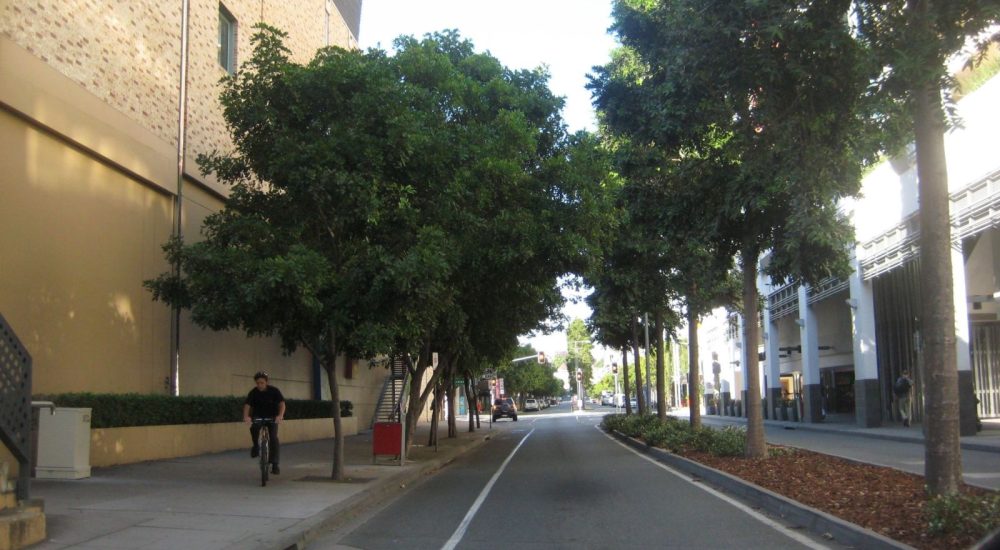
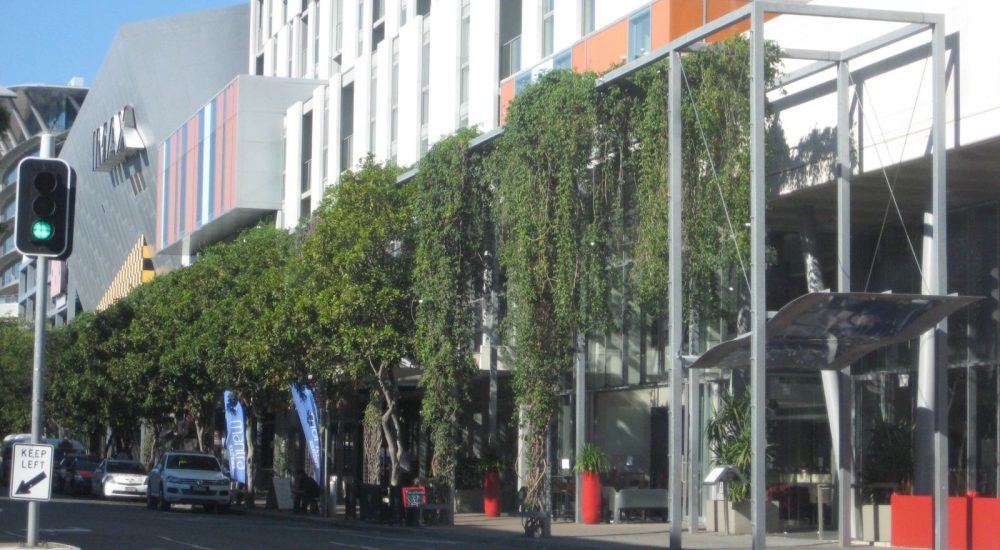
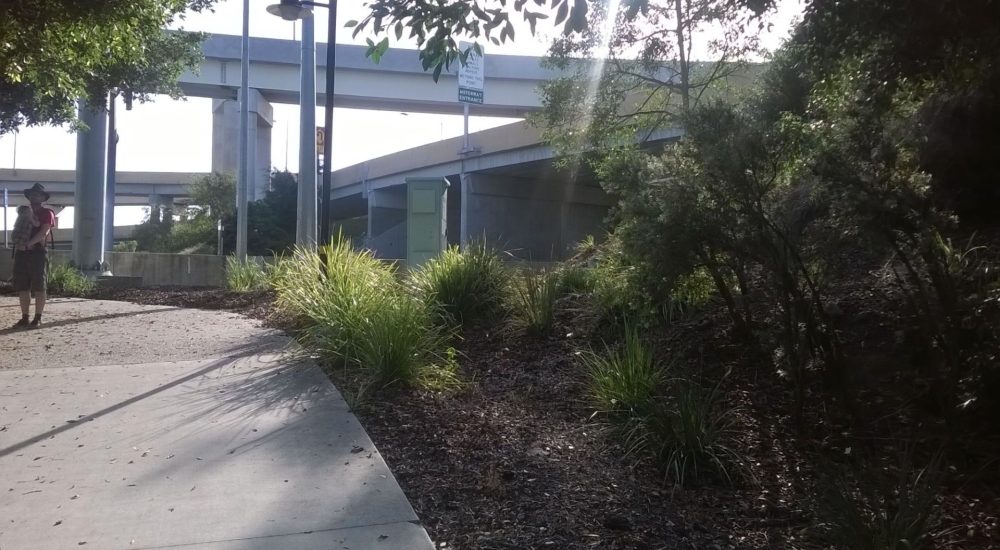
Wolllongong is planting things like magnolias. Suggestion is to bring rainforest trees and make that a feature for Wollongong. Maybe even something for them to be known for. An example of an under utilised tree is the gorgeous Illawarra flame tree. And citizens can plant verge gardens, even if you have small spaces or no garden of your own. Wollongong council has guidelines to help residents design their verge gardens.
You can check if your own local council has guidelines. We want to replicate nature, but that doesn’t have to be replicated trees (where in nature do we see rows and rows of the same species?) With a greater use of indigenous tree and plant species particularly in urban streets to form a backbone of the Wollongong landscape, a rich rainforest character could return to the streets of Wollongong. Wollongong could once again be called the Garden of NSW

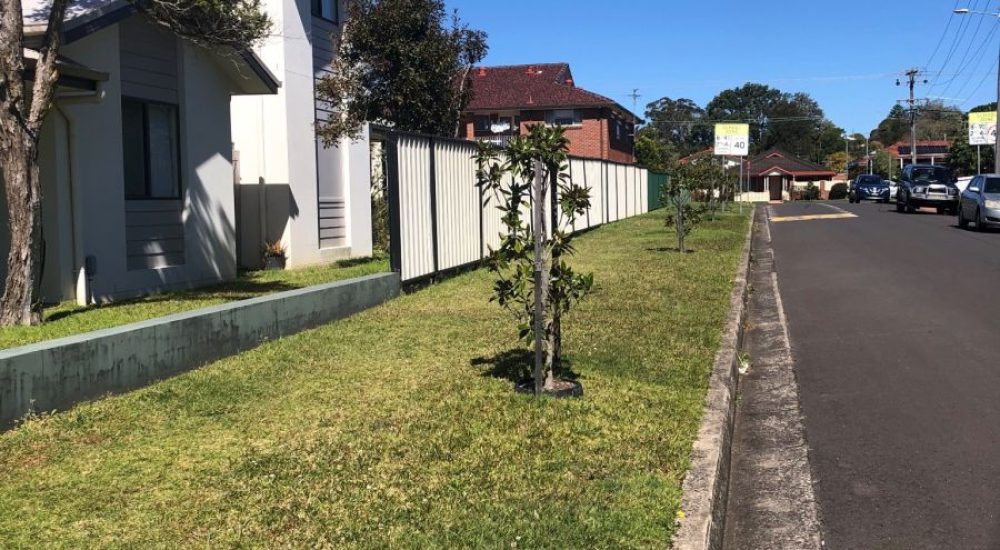
People ask – does climate change mean local native species are no longer able to cope? Many species in Wollongong grow much further north so can cope with hotter, wetter climate. Wollongong’s indigenous flora is far from vulnerable to climate change.
Of the indigenous tree species in Wollongong
- 82% occur into Queensland.
- 41% occur north of Rockhampton in Queensland
- only 18% are confined to NSW Of the rainforest tree species in Wollongong
- 70% occur north of Rockhampton
- 42% occur in the Bunya Mountains in Qld – over 100km from the ocean.
Morphologically, the indigenous rainforest species of Illawarra predispose them to drought resistance, with relatively small leaves, petals and fruit.
Leon says that ‘Rainforest’ can also be a misnomer – plants don’t necessarily need more rain.
Emma and Leon then shared examples of local Illawarra trees and discussed key features of them. The Growing Illawarra Natives website includes an article on top local native street trees for the region:
- Native Celtis (Celtis paniculata)
- Native Quince (Alectryon subcinereus)
- Guioa (Guioa semiglauca)
- Red Ash (Alphitonia excelsa)
- Myrtle Ebony (Diospyros pentamera).
But there are many more!
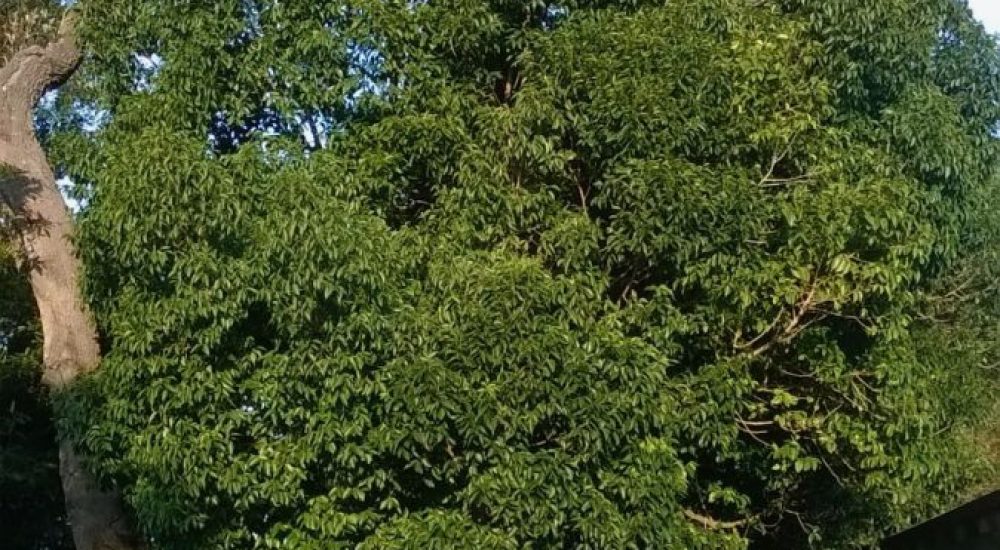
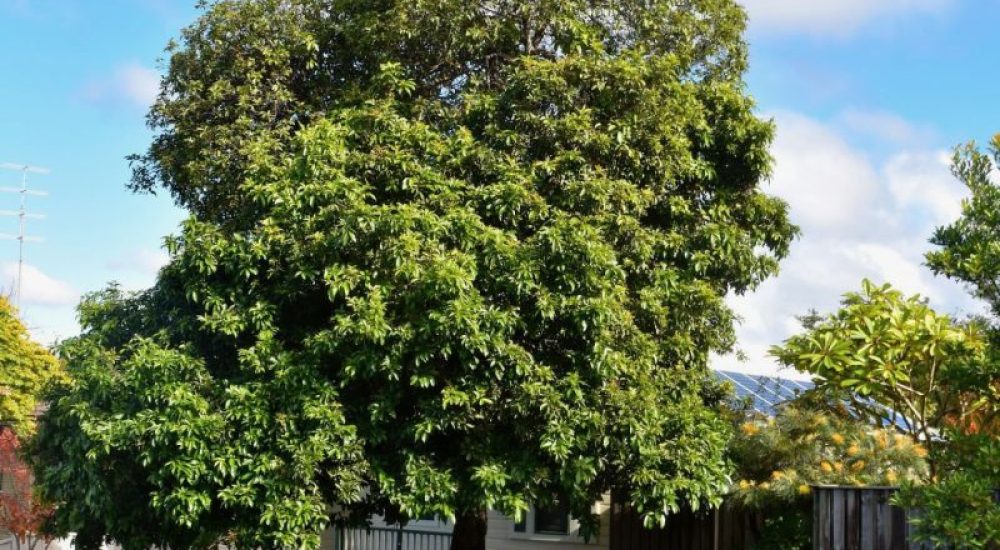
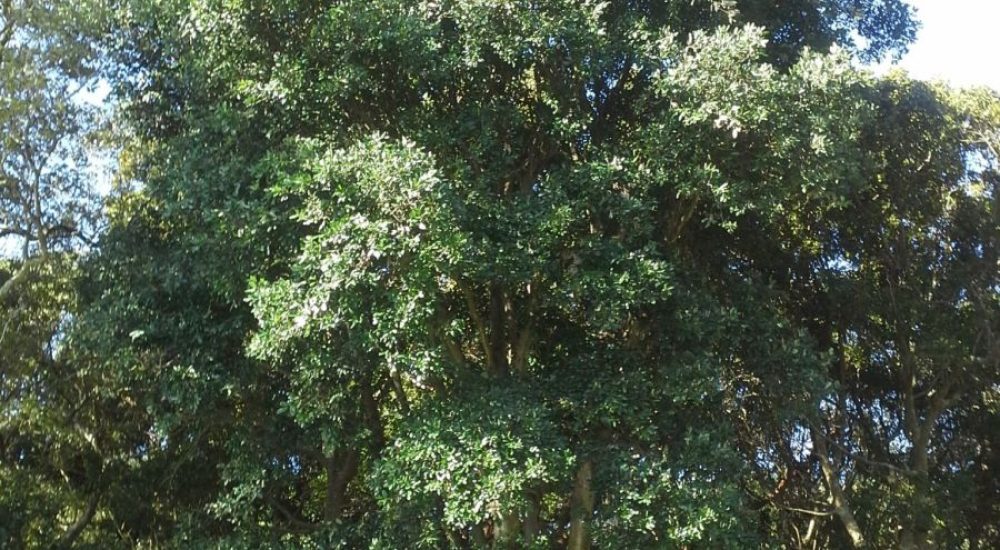
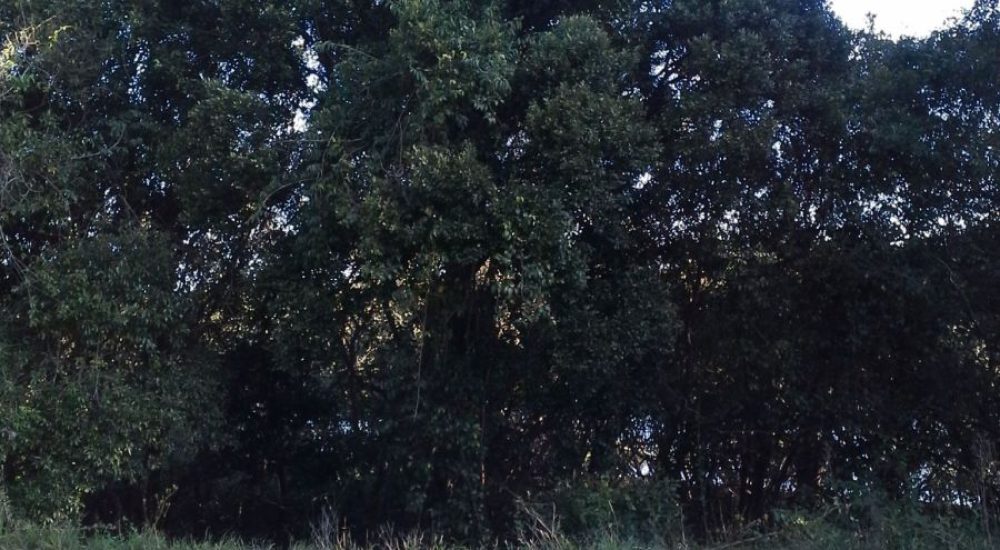
Links –
Plants of the Illawarra
Launch of growingillawarranatives.com page when re-posted
An article on local native street trees
The GIN ‘plant finder‘ which you can search for trees of different sizes:
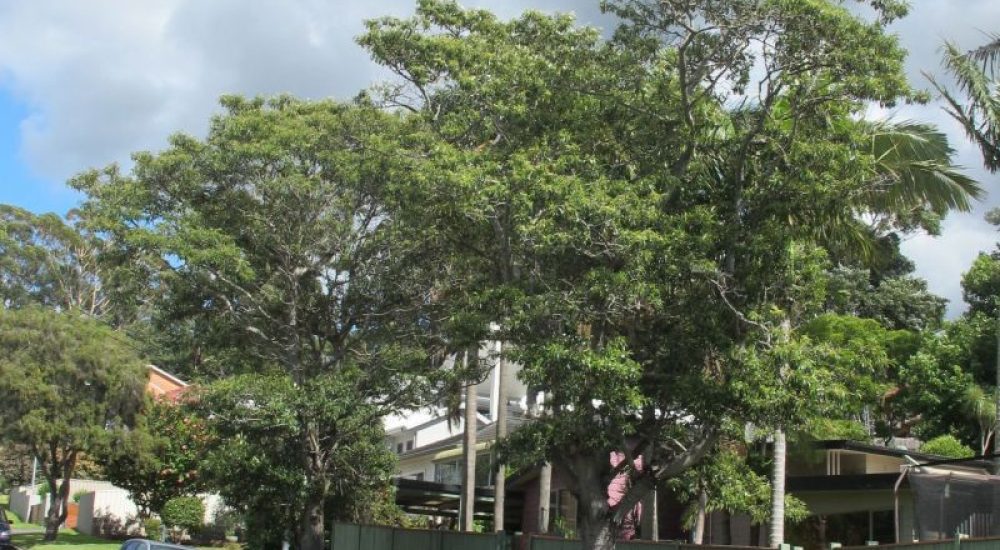
Editors note: This talk ties in with a talk given at an APS meeting earlier in the year by Olga Blacha about civic gardens and what we can do to influence our councils. Many of the comments and questions raised after Emma and Leon’s talk were about how can we help with this? Leon and Emma suggested getting involved and planting your own gardens and verges where you can. Olga also suggested that local APS district groups get involved in council, the local environment plans come up for review periodically, and in these LEPs the species that council uses for street trees are identified. With the expert knowledge in our groups, we should be making submissions to council and commenting on the LEPs, and on other proposed projects. We cannot just sit by and critique council, we must step up and help share our knowledge and lobby for the change that we want to see.
